
Hardcover,
I am an Amazon Affiliate
“Could You Lift Up Your Bottom?” by Hee-jung Chung, illustrated by Sung-hwa Chung, is a math concepts book that explains figures, shapes, and space in a story. This story centers on a frog who loses his favorite hat and an elephant who sits on it and takes advantage of the situation. He has the frog get him food in different shapes and sizes, and promises each time to lift his butt off of the frog’s hat. It becomes clear to the frog that he will have to be more savvy than the elephant who is being unkind.
Although my daughter and I read this book and we called out the shapes together until she was confident herself to shout them out alone, she told me that the elephant — who looks like a mixed media hodgepodge — was scary looking. It was hard for her to focus on this book given her response to the elephant, but I tried to refocus her on the shapes in the book.
“Could You Lift Up Your Bottom?” by Hee-jung Chung, illustrated by Sung-hwa Chung, includes a great breakdown of categories for shapes — round shapes including circles and ovals, etc. There are some interesting activities in the back that involve food as well, which my daughter enjoyed. Overall the concepts in the book are well planned out and discussed, but the drawings here are less pleasant than those in the other books of this series.
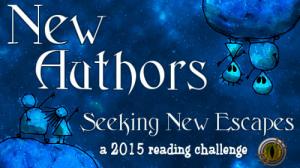


 About the Author:
About the Author:
 About the Author:
About the Author:

 About the Author:
About the Author: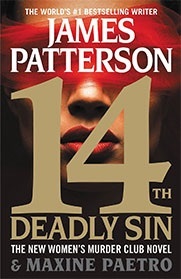




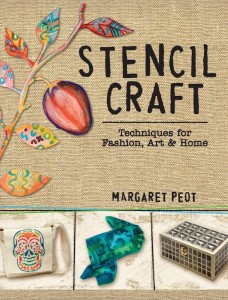



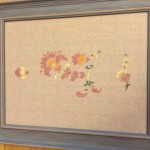
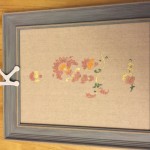
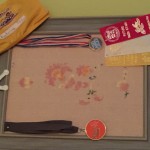
 About the Author:
About the Author:

 About the Author:
About the Author:


